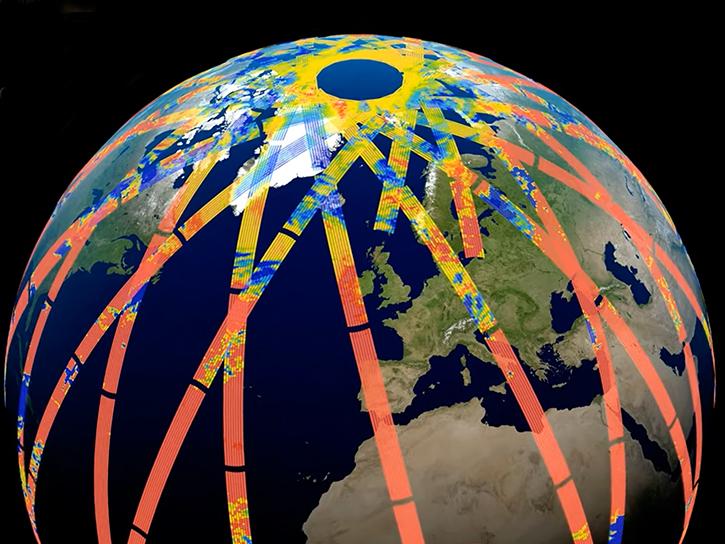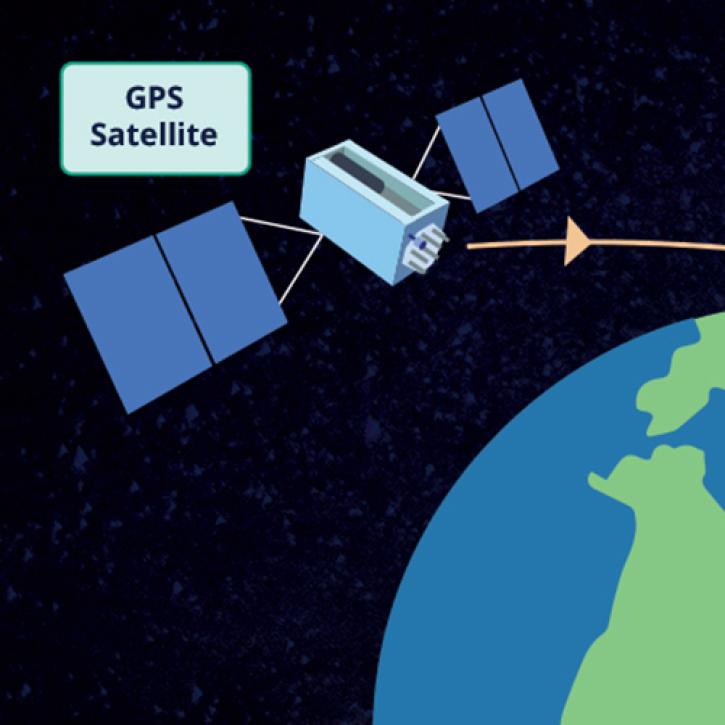Access a range of datasets and data tools to further your atmospheric temperature research.
Temperature can vary greatly at different levels of Earth's atmosphere. Measuring atmospheric temperatures is essential for many forms of scientific work including weather forecasting and studying climate processes, and for conducting human activities such as flying aircraft, agriculture, and controlling pollution.
NASA collects atmospheric temperature data using ground, airborne, and space-based instruments, such as the Microwave Sounding Unit (MSU) and Advanced Microwave Sounding Unit (AMSU). Our datasets include the AMSU/MSU Day/Month Temperature Anomalies and Annual Cycle records, which measure global temperatures at multiple atmospheric levels going back to 1978. Temperature data has also been supplied by NASA's Global Precipitation Measurement Mission Ground Validation (GPM GV) program, and field campaigns including the Hurricane and Severe Storm Sentinel (HS3) study.
Learn How to Use Atmospheric Temperature Data




Join Our Community of NASA Data Users
While NASA data are openly available without restriction, an Earthdata Login is required to download data and to use some tools with full functionality.
Learn About the Benefits of Earthdata LoginFrequently Asked Questions
Earthdata Forum
Our online forum provides a space for users to browse thousands of FAQs about research needs, data, and data applications. You can also submit new questions for our experts to answer.
Submit Questions to Earthdata Forumand View Expert Responses